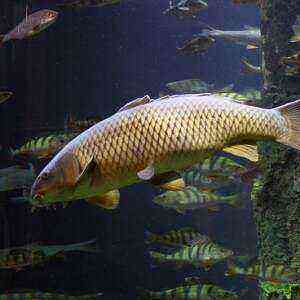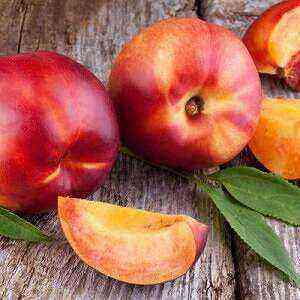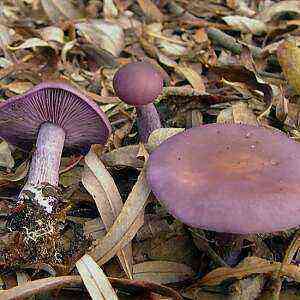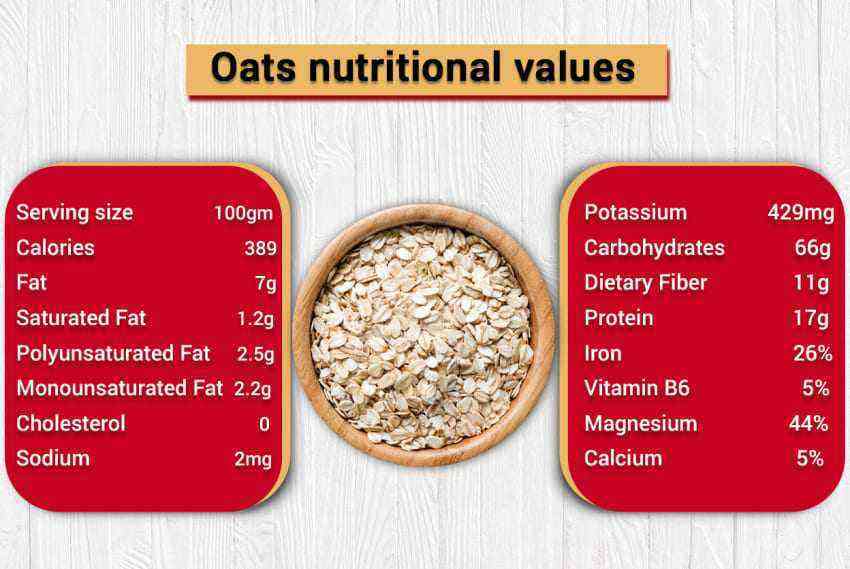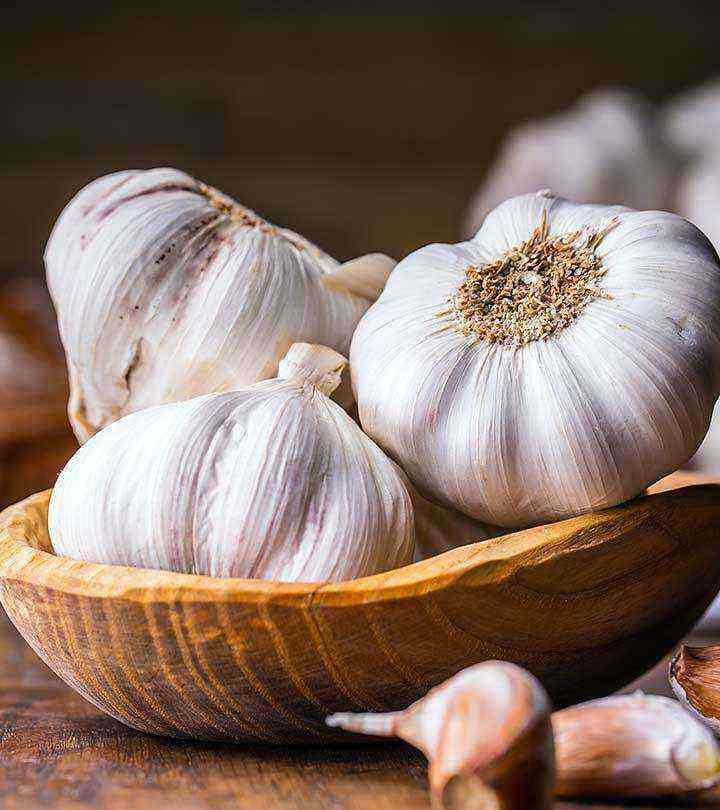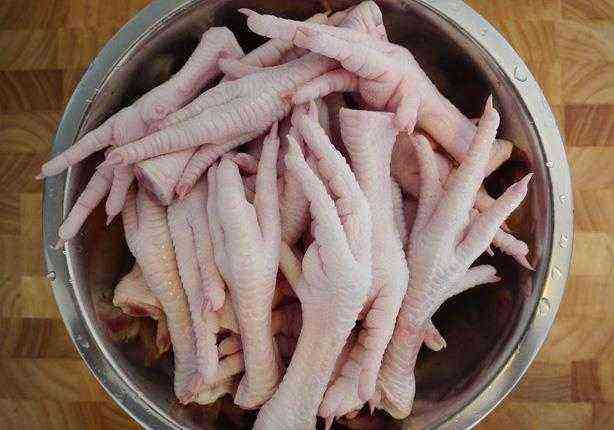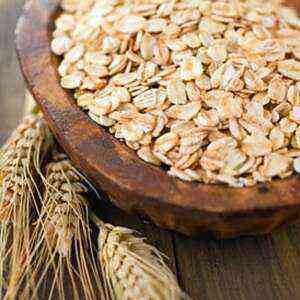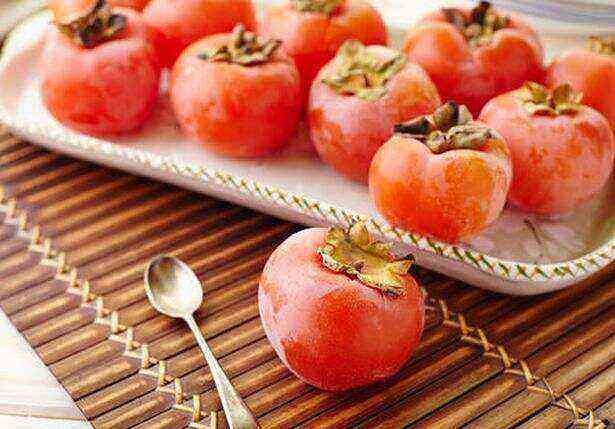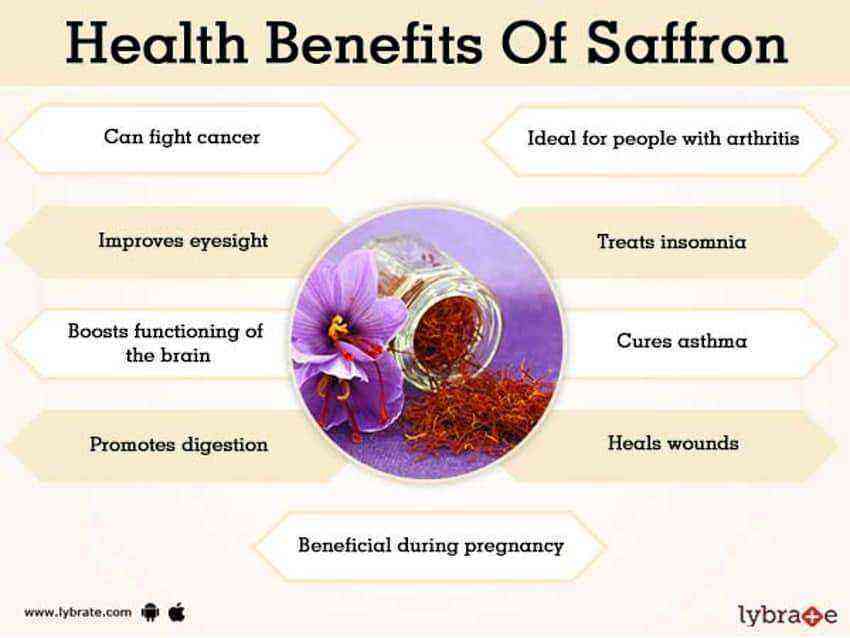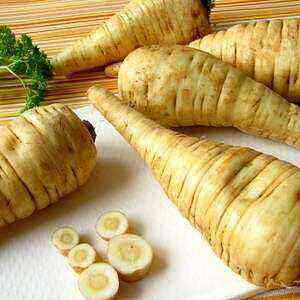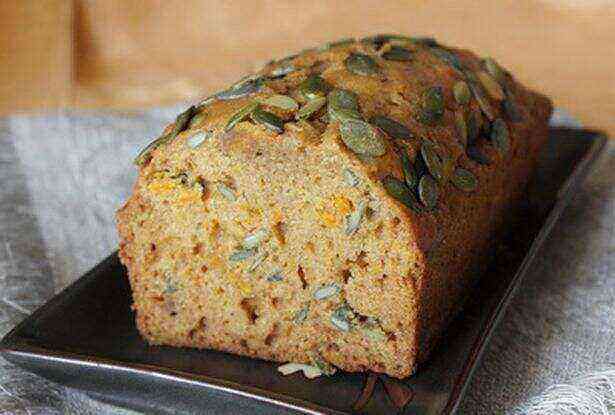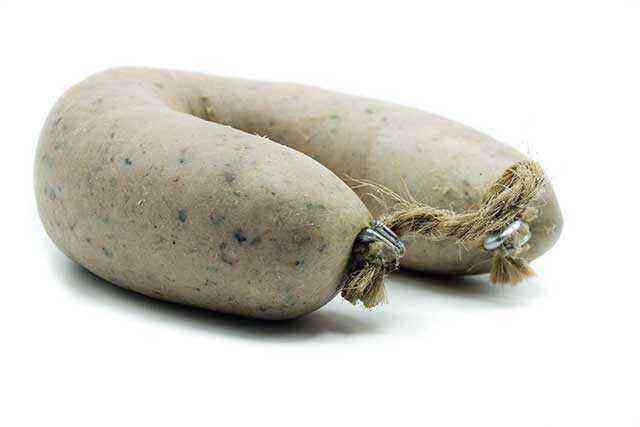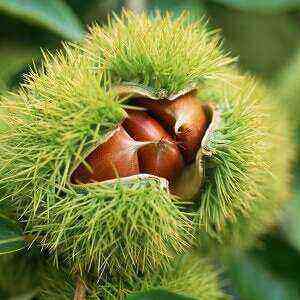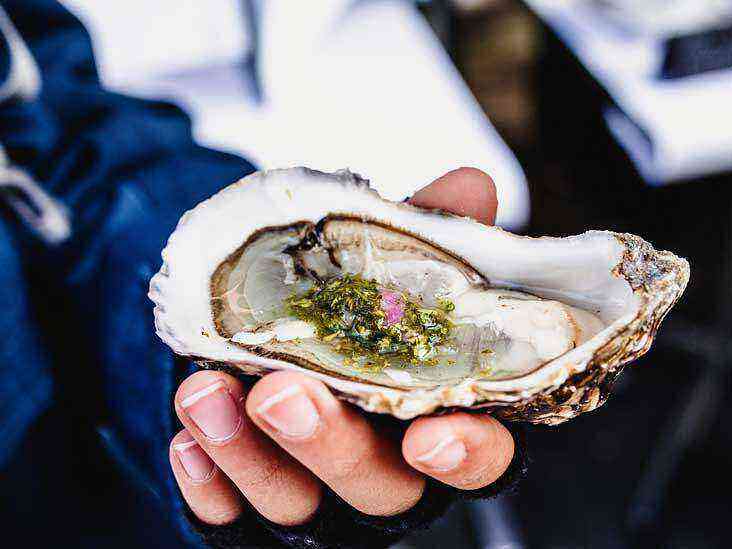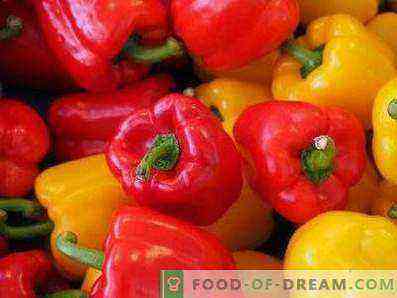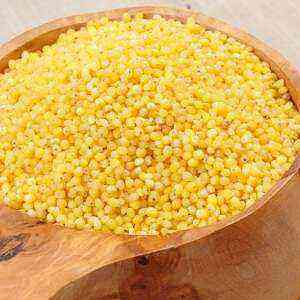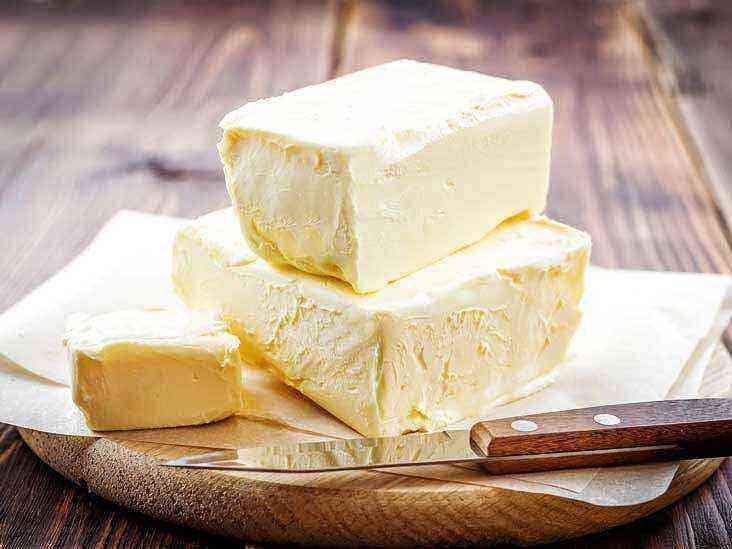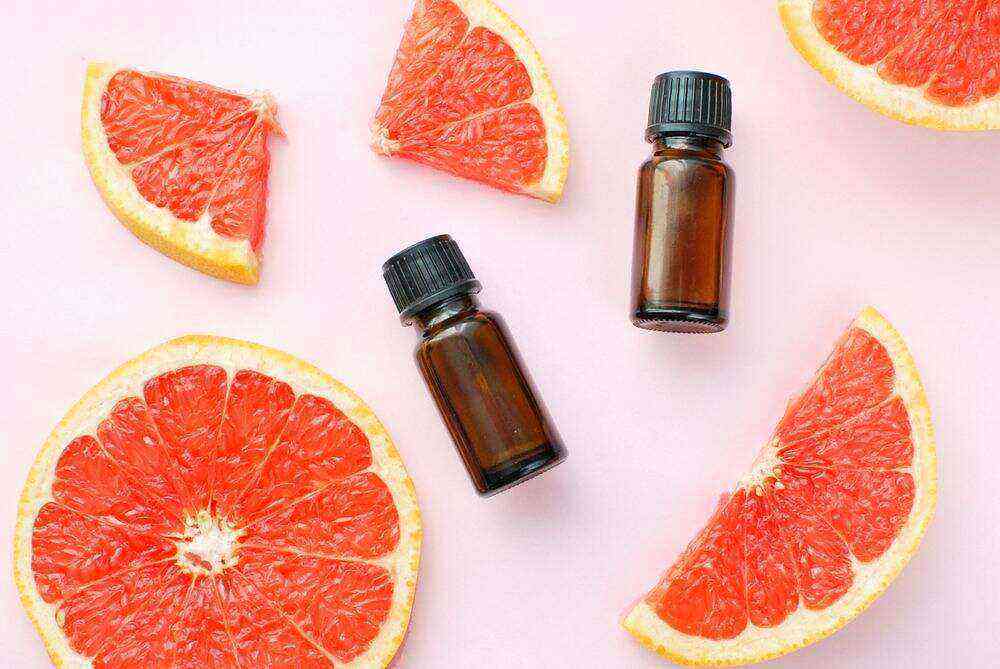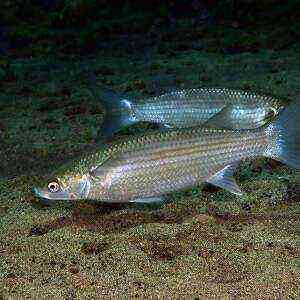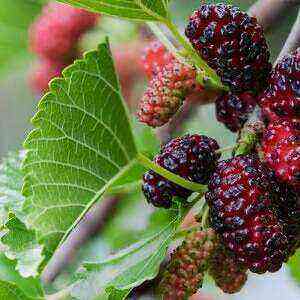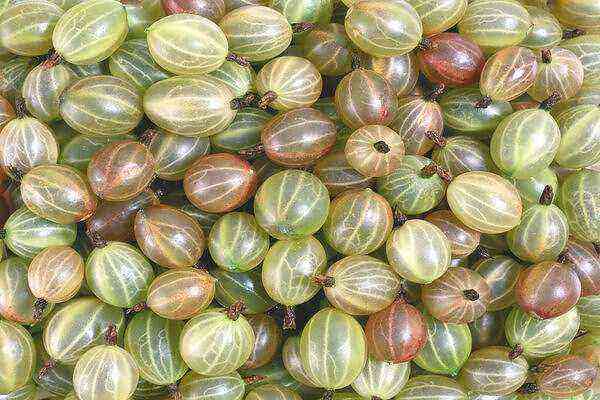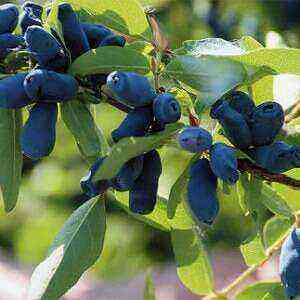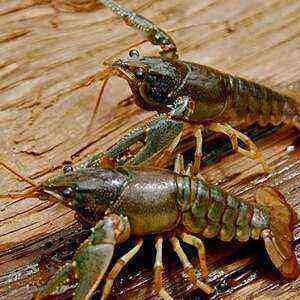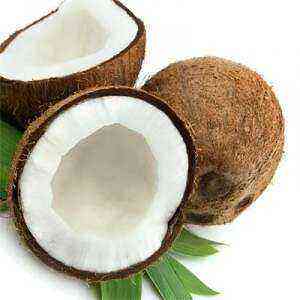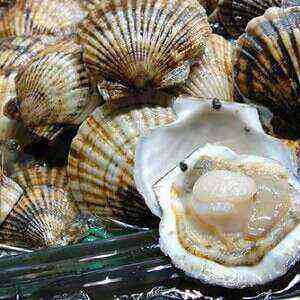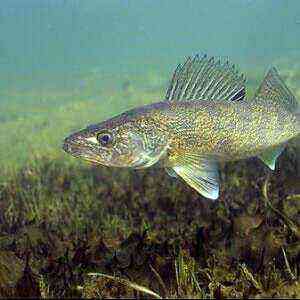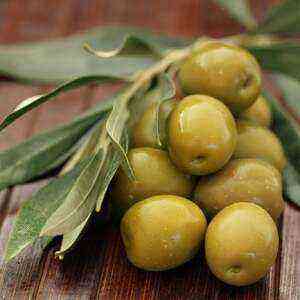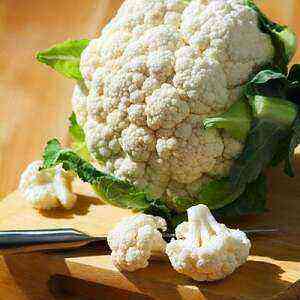
General characteristics
Culture originated in the Mediterranean countries and was called “Syrian” cabbage. From the modern cauliflower, it differed more bitter taste, late maturity and the structure of the flowers. The head of the vegetable had a darker color and a soft creamy texture.
From Syria, cabbage migrated to Cyprus, and from there to Spain, France, Holland, England and Russia. Cauliflower was grown only by the rich strata of the population and loved to use it in the winter season. Cauliflower did not grow in the Russian climate, so the agronomists had to change the structure and withdraw the “northern” version of the vegetable. Breeders have created a denser, slightly sweet cabbage, which we used to see now. Today, the vegetable is grown everywhere. Among crucifers, cabbage takes 2-th place on the scale of cultivation, yielding to cabbage.
Benefits for the body
We eat shoots in which the maximum nutritional value of the product is concentrated. As part of a large number of vitamins of group B, A, C, PP, potassium, calcium, sodium and phosphorus. Cauliflower is one of the few plant foods high in iron. Of course, its quantity is significantly inferior to meat products, but, for example, vegetarians should think about including vegetables in the diet.
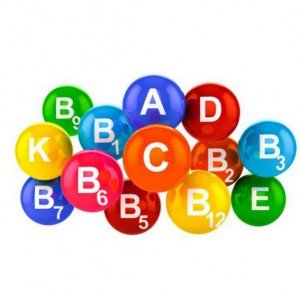
But do not forget about the carbohydrate component of the vegetable. Based on 100 grams of raw product, we get 5 grams of carbohydrates. 1,9 of them are sugar, which is a fairly high indicator.
The use of sugar in large quantities will negatively affect not only your figure, but also on a state of health.
Medicinal use
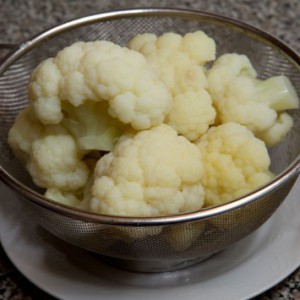
It is recommended to boil the vegetable, use it in its pure form or as a side dish. Use a small amount of spices or completely discard them so as not to irritate the walls of internal organs.
If you are diagnosed with gout, we recommend abandoning cauliflower. It consists of a large number of purine bases that may adversely affect the course of the disease.
Cosmetological application
Any vegetable can be turned into a useful mask for the face or hair. Cauliflower is no exception. Your skin will receive an excellent charge of vitamins and minerals, which will make it bright, radiant, hide visible imperfections and signs of aging.
To make a mask, boil the inflorescences and scroll them through a meat grinder. The resulting puree should be used as the main ingredient of the mask. We recommend enriching cabbage puree with oils (olive, apricot, almond) or additional food components (cucumber, honey, sour cream, raw egg). Leave the mask on for 5-10 minutes, rinse with warm water and gently pat it with a towel. The optimal number of procedures is once a week.
Cooking application
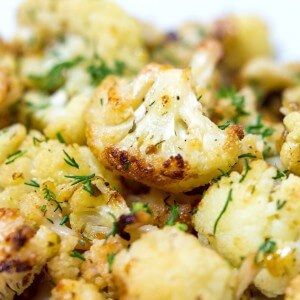
Cauliflower can be subjected to all types of heat treatment: steaming, cooking, frying in batter or butter, baking. The main advantage of the product is nutritional value. Despite the huge amount of vitamins and beneficial elements, the calorie content of the vegetable is minimal. Introduce 200 grams of raw product into your daily diet to speed up your metabolism, remove cholesterol, improve your digestive system and, accordingly, improve your health.
cooking recipes
Cauliflower baked with cream sauce
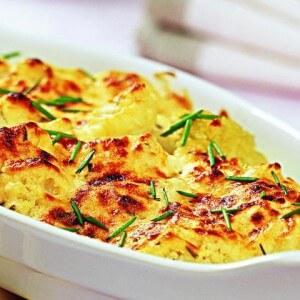
- cauliflower – 400 g;
- lactose-free oil – 1 tablespoon;
- flour from durum wheat – 1 tablespoon;
- cream (10%) – 500 ml;
- grated hard cheese – 150 g;
- Spices to taste.
Method of preparation
Rinse the cauliflower, disassemble into inflorescences and boil in salted boiling water. Cooking time – 10 minutes. Flip the inflorescences into a colander and let dry. Fry the flour, cream in butter, bring the mixture to a boil and add the cheese. As soon as the cheese begins to melt, add your favorite spices.
Take a baking dish, lay out the inflorescences and pour in the finished cream sauce. Bake at 180 ° C 25-30 minutes.
Cauliflower in batter
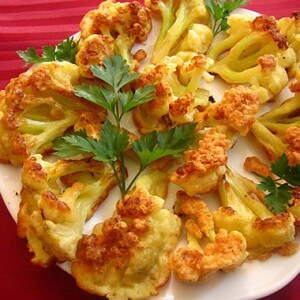
- cauliflower – 400 g;
- chicken egg – 4 pcs;
- cow’s milk – ½ cup;
- flour from durum wheat – 100 g;
- olive oil – 2 tablespoons.
Method of preparation
Cooking batter: mix milk, vegetable oil, yolks, add flour and whipped whites. Mix the ingredients until a homogeneous mixture. Wash and boil the cauliflower (5-7 minutes). Dip the finished inflorescences in a batter and fry until golden brown.
Cauliflower Quiche
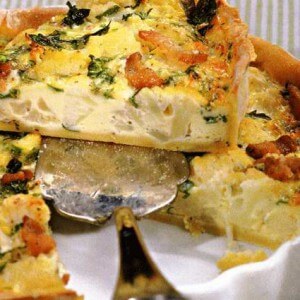
- cauliflower – 300 g;
- chicken egg – 2 pcs;
- low-fat sour cream – 120 ml;
- mustard (Dijon or plain) – 1 tablespoon;
- hard cheese – 70 g;
- salt, pepper, spices to taste.
Method of preparation
Buy puff pastry in the store or cook yourself for any recipe. Place the vegetable in boiling water for 3-5 minutes, then transfer to a large, wide container. Cover the grid with baking paper and place cakes on it. Cut the hard cheese into small cubes and place it on the cake layers. Disassemble the cabbage into inflorescences and place on the rack to the cake and cheese. Prepare the sauce: mix chicken egg, low-fat sour cream, mustard, a pinch of salt, pepper and Provencal herbs. Pour the quiche into the prepared sauce and place in the preheated oven. The oven must be heated to 200 ° C. Total cooking time is 40 minutes. For 10-15 minutes until ready, send the necessary spices to the quiche.
Ways of storage
There is a simple way to store cauliflower 4.
Method # 1
Cut the roots, carefully remove the upper leaves, tie a string (or any other dense thread) around the stalk and hang it perpendicularly to the surface. It is important that the cabbage is suspended at a certain distance from other vegetables, the edges should not touch. In limbo, the vegetable is stored 30 days.
Method # 2
Dig out unripe cabbage and leave it “ripen” in a dry place without access to sunlight. It is important that the room normally circulates air, and the temperature does not exceed + 4 ° C. Aging can last 2-3 of the month.
Method # 3

Method # 4
Cut the inflorescences, separate from the sheets, rinse thoroughly, dry, wrap in a craft or plastic bag and send in the freezer. Pre-lightly boil the vegetable (no more than 5 minutes). The shelf life of frozen cabbage – 12 months. We recommend freezing vegetables in autumn in order to have constant access to a nutritious product in winter. All that is needed is to get some vegetables from the bag and immediately send them to the boiling water. Frozen vegetables are cooked much faster than fresh ones.
